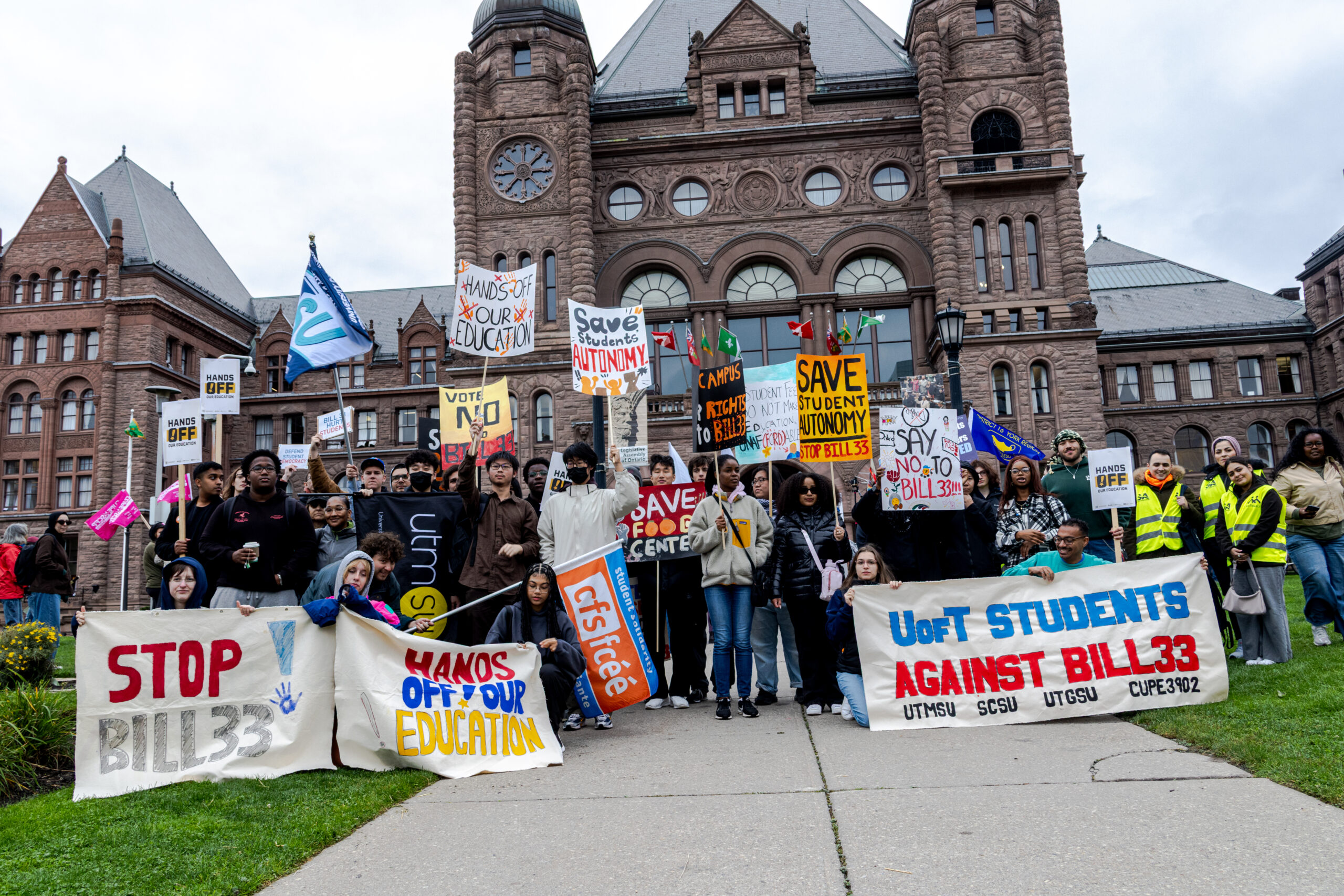Student Association food bank sees increase of 67 per cent in one year: report
The student food bank at saw a hefty increase in users last year.
There were a total of 12,628 visits in 2017-18 compared to the year before, a 67 per cent increase, according to the 2017-18 Community Services Annual Progress Report.
The number of students using the food bank jumped from 917 to 1512.
This trend is continuing, according to statistics from a year-to-date report from June 1, 2018 to March 1, 2019. There has been an eight per cent increase in people using the food bank compared to the previous time period and 35 per cent more visits.
The Student Association’s (SA) food bank offers an emergency food supply to current George Brown College (GBC) students experiencing financial hardships. The Dialog is also funded by the SA.
“We are constantly getting more and more people using (the food bank),” said Darcy Mallany, a food bank lead staff member.
Mallany has seen an influx of students using the food bank.
One of the reasons for the increase was due to the increased cost of living, according to the report. Ninety one per cent of students using the food bank said it was due to an ongoing need.
“When you have high rent and you have to pay for books sometimes those things come before food,” said Mallany. “Because you don’t want to get kicked out of your living space and so you look for other ways to get food and to survive,” she added.
Mallany also believes that the number of international students using the food bank played a factor in the increased usage and that they are the most common client at the food bank due to having higher fees.
So far this year, the food bank has seen a 51 per cent increase in users who have resided in Canada for 10 years or less. This does not necessarily reflect the number of international students who use the food bank, as international student status is not tracked.
People who said they lived in Canada for 10 years or less made up 58 per cent of food bank users so far this year. At the same time last year, they made up 42 per cent of food bank users.
The report stated that there was a “significant number of clients between the ages of 36-50 years old, indicating a shift towards mature students requiring support.”
Students using the food bank between the ages of 25 and 64 increased 16.4 per cent between 2016-17 and 2017-18.
“It’s a precarious job market and so a lot of students are returning back to school, trying to improve their job outlook and they may have no other choice,” said Mallany. “So we get a lot more mature students coming back and using the food bank to survive.”
Mallany said that people receiving social assistance require supports such as the food bank so they can stay in school and graduate. She added that the food bank being on campus makes this a bit easier for them.
The food bank gives an emergency supply of food to students in need, possibly inspiring good deeds from GBC students themselves. Mallany recalled a recent act of kindness she encountered on the job:
“Two people came in, they asked if we took cash donations. They told me this story that they were coming to school on the TTC and they saw $50 on the ground and picked it up. They decided to bring it to the food bank and I thought that was really great.”


